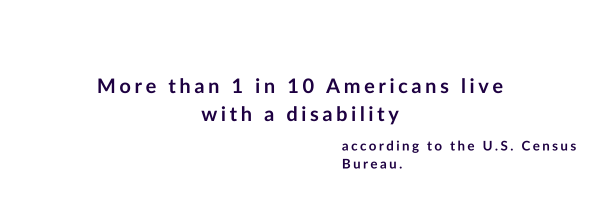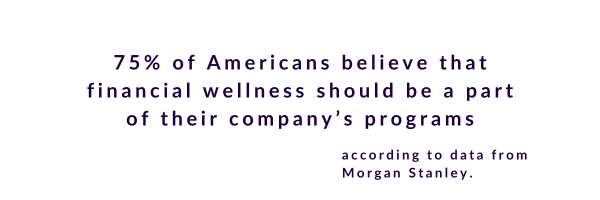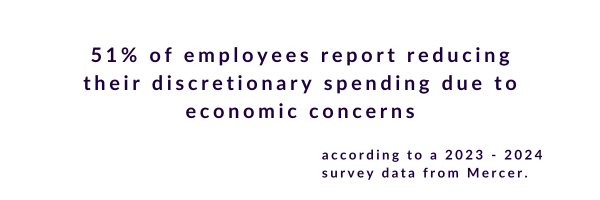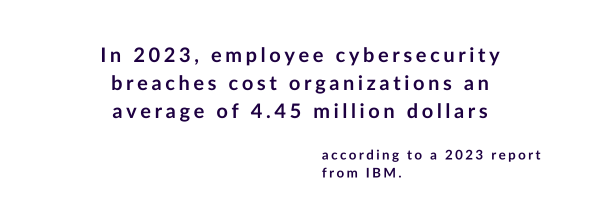
The 4 Best Benefits in 2024, According to Employees
The 4 best benefits in 2024, according to employees. Your benefits choices go a long way toward attracting the right employees. Here are the 4 best benefits in 2024, according to employees.
A holistic benefits strategy is one of the most important factors that job-seekers consider when deciding where to work. In fact, according to Forbes Advisor, 40% of employers believe that workers would leave their current jobs to find employment that offers better benefits.
Well-tailored, helpful employee benefits go a long way toward keeping your existing team members satisfied while also attracting new talent. With dozens of options, each catered to different ages, incomes and needs, how do you know the right program to choose?
To evolve your benefits strategy, you need to understand what will help your employees the most. Here are the best benefits in 2024 based on input from real workers.
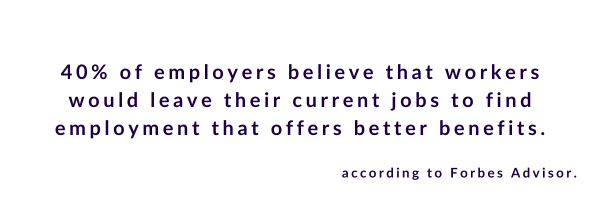
1. Affordable healthcare
Healthcare costs are a major concern for employees, especially for those who earn lower wages.
Average healthcare premiums for American families increased 7% in 2024, according to research from KFF. As these costs rise, so do concerns about affordability. To ease the financial burden, employees look to their compensation packages for support.
The study from Forbes Advisor shows that 67% of employees and 68% of employers believe healthcare to be the most important benefit.
Healthcare benefits can be wide-ranging, but usually include some sort of insurance package that helps make medical costs more affordable for employees. Employer-paid healthcare benefits allow employees flexibility when dealing with a medical visit and peace of mind when the bill comes.
Employees also value alternative health benefits, such as gym memberships, wellness programs and mental health programs. According to Forbes Advisor, a third of employees surveyed named mental health programs as a top benefit.
Mental health benefits include everything from inclusive paid leave to workplace meditation. Programs that support mental health have shown improved performance at work among employees. Research from the National Library of Medicine reveals that 86% of employees treated for a mental health condition reported an increase in productivity.
2. Paid time off
PTO allows employees to take breaks from their busy schedules and recharge. In turn, potential burnout is replaced with productivity and a positive working environment.
Post-pandemic, there has been a significant shift toward flexible benefits that emphasize work-life balance. More companies are even adopting remote work strategies and four-day work weeks to help their employees.
Making these benefits as inclusive as possible is another factor to consider. Mercer’s 2023 Health and Benefits Strategies report shows that many employees are looking for benefits packages that include parental leave, adoption leave and elder caregiver leave.
With non-standard work schedules becoming the norm, flexibility in general is in high demand among most employees. Some lesser-known benefits in this area include virtual team bonding activities, a home office stipend and financial assistance to cover internet costs.
3. Pension and retirement plans
The same Forbes Advisor study found that 34% of employees and 34% of employers agree that retirement plans are a vital part of a company’s benefits strategy. A retirement plan allows employees to build a financial safety net as they work, saving money over their careers.
In a study from PeopleKeep, 87% of employees surveyed said they valued retirement benefits or retirement accounts. However, only 54% of the employers surveyed even offered those benefits.
Retirement plans are tax deductible, flexible and are a great way to attract new talent to your business. Introducing quality retirement plans is a great way to keep your employees satisfied and set them up for future success.
4. Financial wellness benefits
For employees struggling to keep up with their finances, financial wellness benefits have been shown to greatly improve stress levels, well-being and retention.
Costs of common goods and groceries are rising due to different economic factors, making it harder for salaried workers to manage their finances. According to BenefitsPro, 53% of US adults are financially anxious, while more than 60% of families don’t have an emergency fund.
Financial stress leads to decreased productivity at work and an overall lower quality of life for your employees. A comprehensive wellness strategy is the answer to financial stress outside of the workplace. These benefits provide personalized advice for all aspects of a person’s financial life.
In fact, in PWC’s 2023 Financial Wellness Survey, 74% of employees who responded sought guidance when faced with a major financial decision, crisis or life event.
If you are looking to start a financial wellness initiative in your business, try Best Money Moves.
To learn more about Best Money Moves Financial Wellness Platform, let’s schedule a call. Contact us and we’ll reach out to you soon.
Best Money Moves is a mobile-first financial wellness solution designed to help dial down employees’ most top-of-mind financial stresses. As an easy-to-use financial well-being solution, Best Money Moves offers comprehensive support toward any money-related goal. With 1:1 money coaching, budgeting tools and other resources, our AI platform is designed to help improve employee financial well-being.
Whether it be retirement planning or securing a mortgage, Best Money Moves can guide employees through the most difficult financial times and topics. We have robust benefits options for employers, regardless of their benefits budget.
Our dedicated resources, partner offerings and 1000+ article library make Best Money Moves a leading benefit in bettering employee financial wellness.


